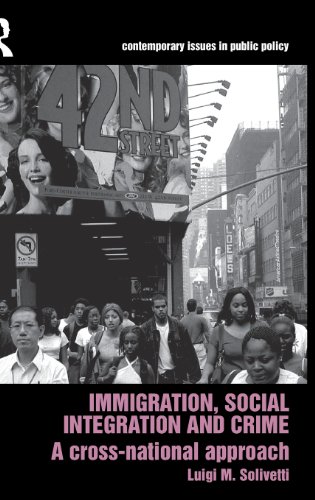

Most ebook files are in PDF format, so you can easily read them using various software such as Foxit Reader or directly on the Google Chrome browser.
Some ebook files are released by publishers in other formats such as .awz, .mobi, .epub, .fb2, etc. You may need to install specific software to read these formats on mobile/PC, such as Calibre.
Please read the tutorial at this link: https://ebookbell.com/faq
We offer FREE conversion to the popular formats you request; however, this may take some time. Therefore, right after payment, please email us, and we will try to provide the service as quickly as possible.
For some exceptional file formats or broken links (if any), please refrain from opening any disputes. Instead, email us first, and we will try to assist within a maximum of 6 hours.
EbookBell Team

4.7
56 reviewsThe problem of social control has constituted the acid test for the entire issue of immigration and integration. But whilst recent studies show that the crime rate for non-nationals is three, four or more, times higher than that of the country’s 'own' citizens, academic interest in these statistics has been inhibited by the political difficulties they raise. Immigration, Social Integration and Crime addresses this issue directly. Providing a thorough analysis of immigration and crime rates in all of the main European countries, as well as examining the situation in the US, Luigi M. Solivetti concludes that the widespread notion that a large non-national population produces high crime rates must be rejected. Noting the undeniably substantial, but significantly variable, contribution of non-nationals to crime statistics in Western Europe, he nevertheless goes on to analyze and explain the factors that influence the relationship between immigration and crime. It is the characteristics of the 'host' countries that are shown to be significantly associated with non-nationals’ integration and, ultimately, their involvement in crime. In particular, Solivetti concludes, it is 'social capital' in the host societies – comprized of features such as education, transparency, and openness – that plays a key role in non-nationals’ integration chances, and so in their likelihood to commit crime. Supported by extensive empirical data and statistical analysis, Immigration, Social Integration and Crime provides an invaluable contribution to one of the most pressing social and political debates – in Europe, and elsewhere.